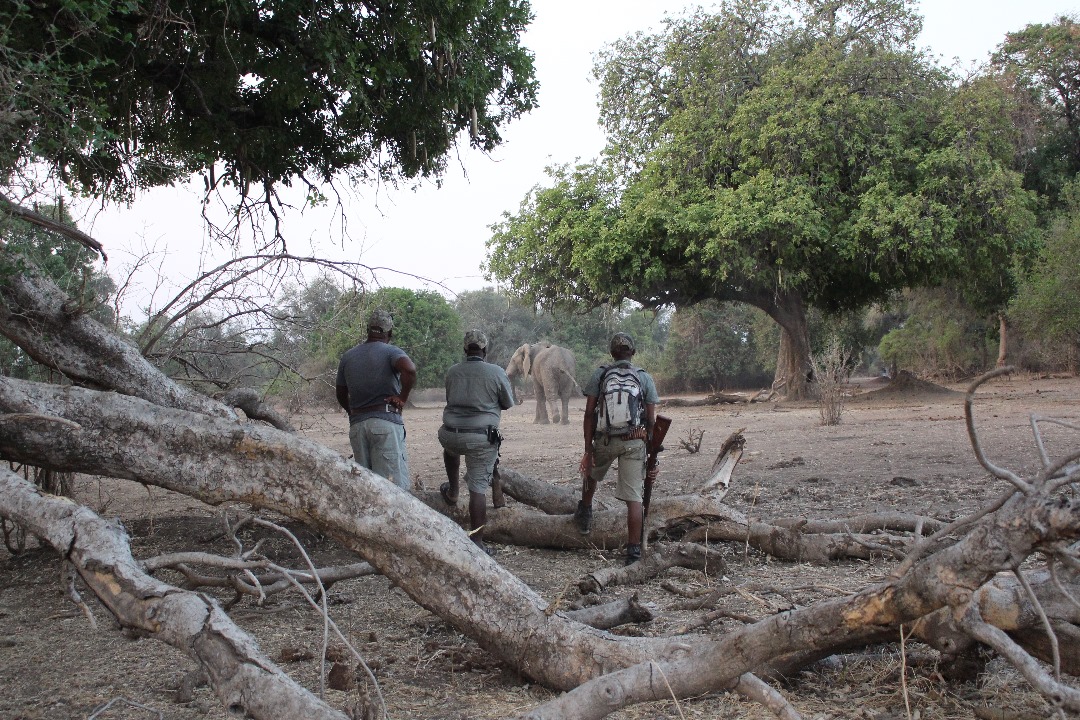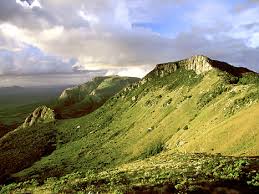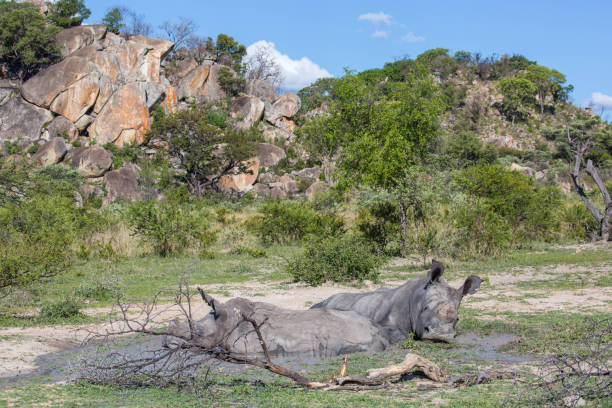Lake Kariba is amongst the largest man-made lakes in the world and it holds the record in the largest volume of water. For the first-time visitors, the magnitude of this dam is comparable to the size of an ocean. Nowhere else in Africa can one travel such great distances through such a lonely and undisturbed landscape. Wide-sweeping panoramas and beautiful sunsets set against the backdrop of the Zambezi Escarpment make for some of the world's best wildlife images.

Best Time to visit
Lake Kariba typically stays warm all year round. The hottest weather occurs throughout the southern hemisphere summer (October to April). Peak humidity coincides with the beginning of the rainy season in October. The rains, which often consist of short, severe afternoon thunderstorms, usually linger into April. The best time to visit Lake Kariba is between May and July. During this time, the weather is dry, calm, and slightly cool. Tiger fishing is good all year on Lake Kariba. The greatest time to go tiger fishing is in early summer (September to December). The rainy season is ideal for birdwatching, whereas the dry season (May-September) is ideal for land-based wildlife viewing. The wet season is ideal for birdwatching, whereas the dry season (May-September) is ideal for land-based wildlife viewing. There is no poor time to visit Kariba; there are simply better periods for certain activities than others.







